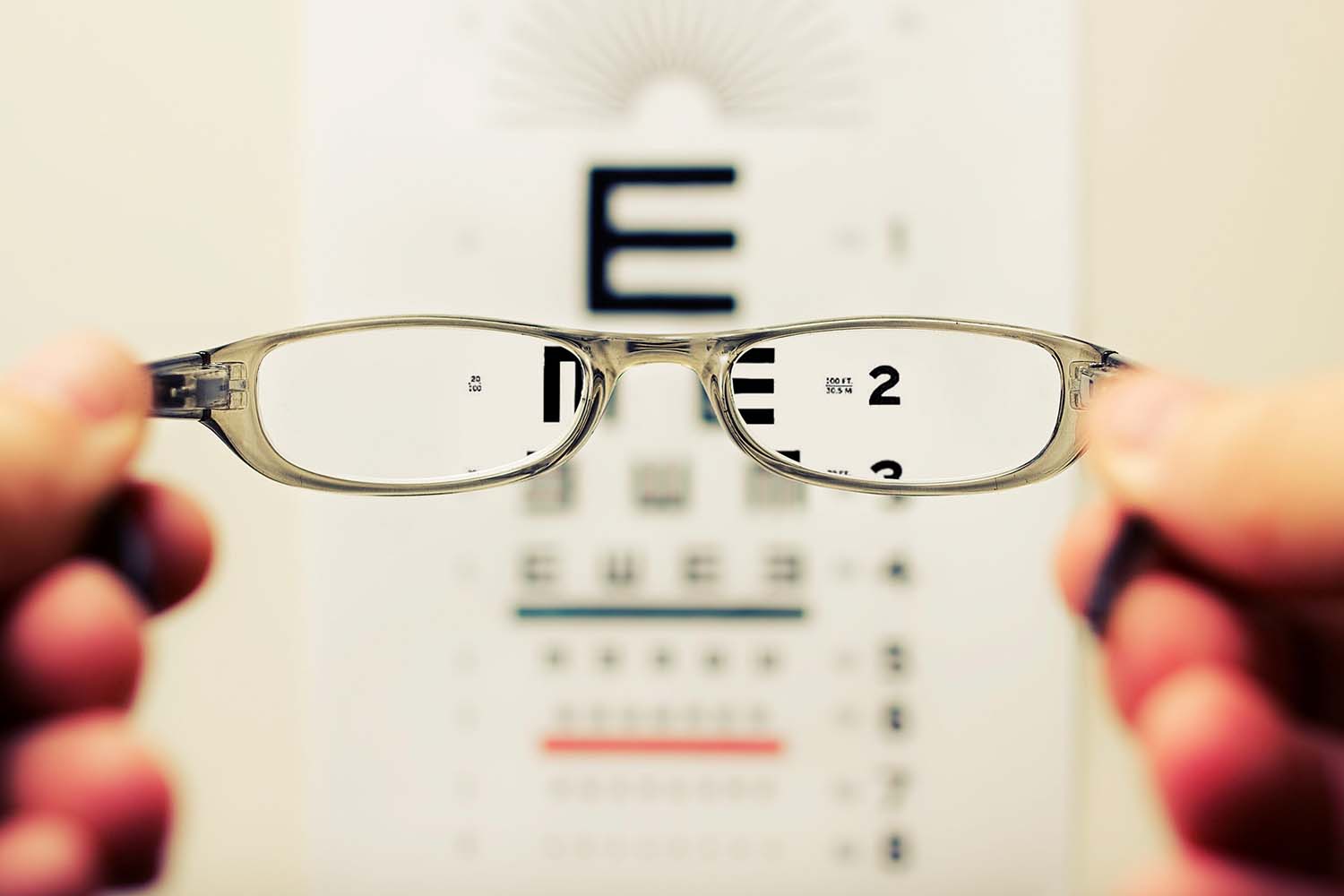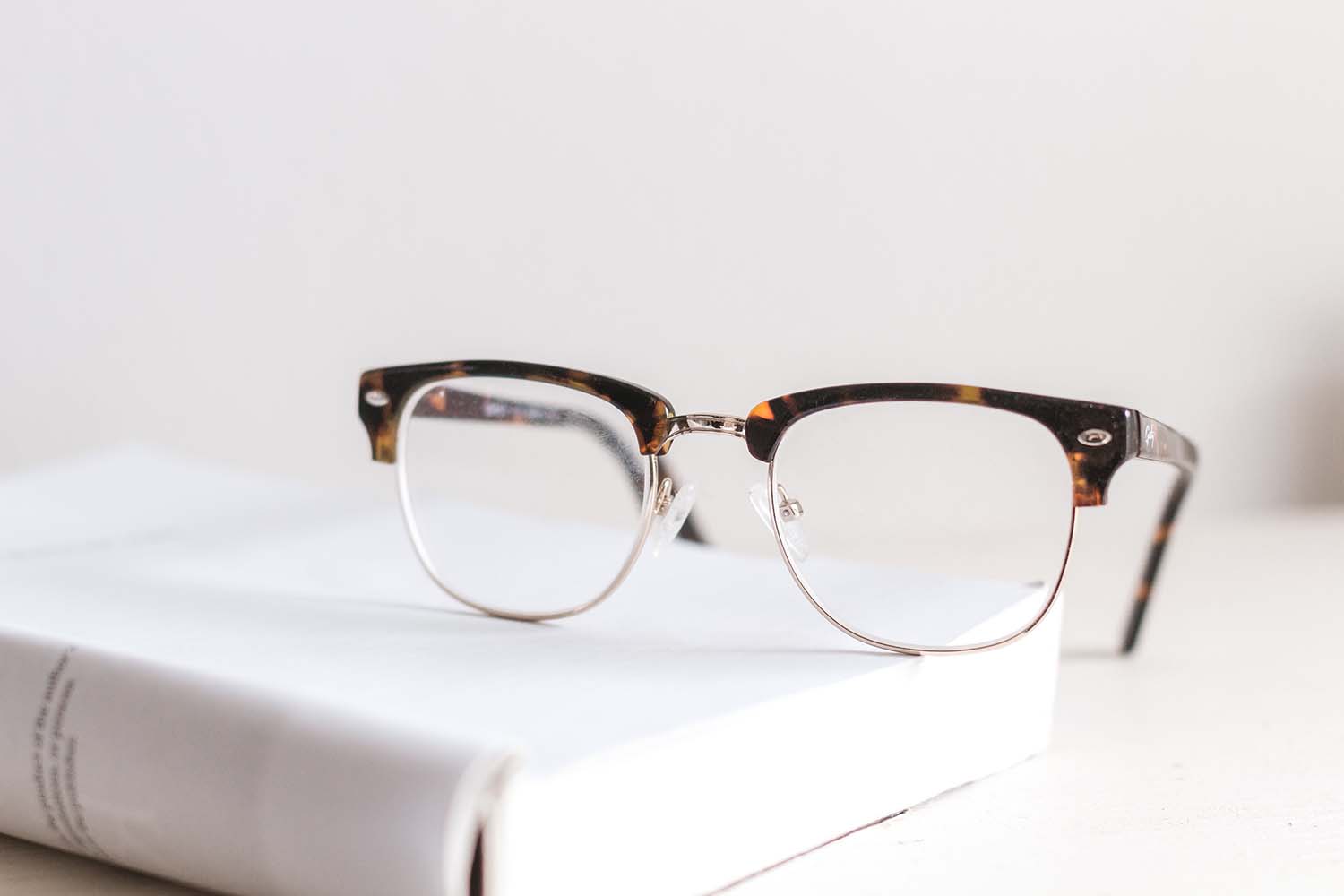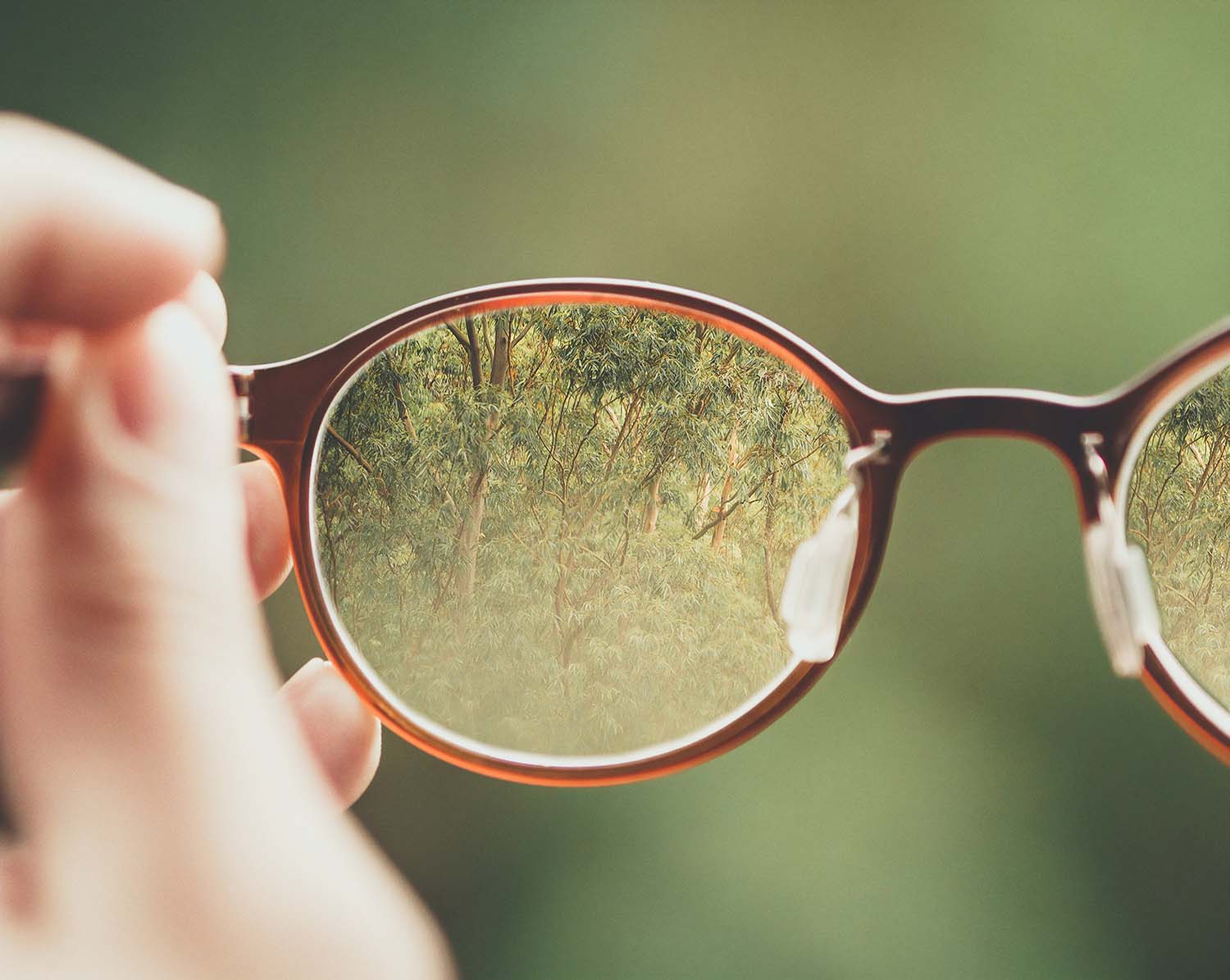For some of us, problems with vision start early. In fact, many children need glasses or contact lenses to see correctly. For most of us, however, these issues start from around 40 years old. And they can take many forms. Whatever the causes or the condition, the solution is either surgery or glasses. The former is not always possible and sometimes a bit extreme for a minor and common problem. So, this is why most of us will end up requiring reading glasses at some stage. But what about bifocal glasses?
Bifocal glasses comprise two parts, and are therefore a solution for two different vision problems. They can be a saviour for someone who suffers from both near- and far-sightedness. These days it’s easy to purchase online bifocals or browse the latest reading glasses on a website. However, before you reach that stage, you need to know which glasses are right for you.
To help you with this decision, let’s take a closer look (pun intended) at two of the most popular choices: reading glasses and bifocals. Let’s begin…

Photo, David Travis.
All About Reading Glasses
Opticians make reading glasses to help people read things up close. They are for people who have farsightedness, also known as hyperopia. It is either congenital or developed later in life.
There are two categories of reading glasses.
1. Over-the-counter reading glasses
As the name suggests, you can purchase over-the-counter reading glasses at drugstores, retail shops, and departments stores. All without a prescription. The lenses will magnify what you see, usually within the +1 to +4 range. This determines how much bigger the lenses make objects appear.
They are for short-term use only and are not designed to be worn for extended periods or all-day usage. People will use their over-the-counter reading glasses when they’re on the computer, reading a book, or doing any other activity that requires reading small text.
These are ideal for people with age-related hyperopia, which primarily affects both eyes in the same way. That’s why the lenses have the same magnification in both lenses and don’t cater to different weaknesses in each eye.
2. Prescription reading glasses
Prescription reading glasses cannot be purchased over-the-counter. The lenses for these glasses require a consultation with an eye expert and a prescription you must take to the optometrist.
With the ability to correct presbyopia, the prescription glasses for reading alleviate eye strain, allowing for extended reading sessions without discomfort. They eliminate the need to constantly switch between regular glasses and reading glasses, streamlining daily activities. Prescription reading glasses are available in a variety of stylish designs, allowing you to express your personal style while enjoying clear vision.
They are specifically designed for people with astigmatisms, myopia, and other serious eye problems and are also prescribed for those with a different eye condition in each eye.

Photo, Sincerely Media.
When Should You Get Reading Glasses?
Unless you’re born with a condition that requires prescription reading glasses, you’ll most likely develop some sort of near-sightedness that will need reading glasses.
We all remember our parents and grandparents struggling to read the label on something and attempting to hold it further away from their eyes to get a good view.
Has this started happening to you? If so, you know it’s time to take a look at getting a pair of over-the-counter readers.
It is always a good idea to consult with an eye expert. Even if you’re in the target age group and begin experiencing near-sightedness.
Readers may work well for most age-related near-sightedness, but you might also have something more seriously wrong with your eyes, and prolonging a diagnosis could hurt you further.

Photo, Bud Helisson.
All About Bifocal Glasses
As the name suggests, bifocal glasses have two parts to them. Both of them offer a solution for two different vision problems.
It is a broad term for any glasses with lenses for different optical challenges. It can even refer to reading glasses when one half is plain glass, and the other half is magnified.
Mainly, bifocals refer to glasses that cater to myopia (near-sightedness where people have trouble seeing things far away) and hyperopia (far-sightedness where people struggle to see closer objects).
They are not available over the counter and you will only be able to purchase them after being examined by an eye expert.
Much like reading glasses, opticians will often prescribe these during middle-age when people begin noticing that their vision isn’t what it used to be.
1. Traditional Bifocal Glasses
With traditional bifocals, they will join the two prescription lenses together. One on the top (usually to see better further) and one on the bottom (for close-up reading).
They are divided by a visible line that separates them. When performing everyday tasks like driving or walking, people look through the top half as their heads are straight.
When reading looking at mobile devices, you will focus your vision through the bottom half based on the positioning of the head.
Bifocals can be tailor-made to your needs, though. Some people have different variations which reverse the top and bottom, or where there are specific patterns and sizes of the top and bottom halves.
2. Progressive Bifocals
Opticians designed progressive, or no-line bifocals, to create a smoother change in focus. They don’t have the line that divides the prescription.
These bifocals have two or three viewing areas in one seamless lens. When they cater for three prescription lenses, they are known as trifocals.
Choosing between progressive and traditional bifocals is entirely up to the wearer of the glasses. You should always choose a pair that firstly fixes the problem and secondly gives you the most comfort.
As with reading glasses, you will soon know when you need bifocals. When objects begin appearing blurry or out of shape, either close by or at a distance, it’s time to make that appointment with your eye expert through their booking software, especially if they’re using an intuitive app like Trafft.
Hopefully, we’ve made it a lot easier to understand the differences and the function of these types of glasses. Always consult with professionals before making your final choice.








